The pin-up models of the 1940s/50s are iconic symbols of the time, with scantily clad ladies being painted on military vehicles, appearing in war propaganda, and being popular in general in America especially throughout the war and post-war period. Pin-ups were nothing new though, and the idea of ‘pinning up’ art and photos has been around since at least the 1800s, if not earlier!

A collection of popular pin-up photos from the 1940s
Pin-up images became popular with the introduction of magazines, newspapers, postcards, and lithographs. As print media became more accessible photos and drawings could now be produced and shared on a mass scale, and it didn’t take long for people to cut out their favourite features and pin them up on walls - hence the term pin-up was born.
Pinning art and photos really gained popularity in the 1800s, but pin-up photos by modelling women became especially popular in the early 19th century thanks to burlesque performers and actresses. These ladies used photos of themselves for promotion on both business cards and advertisements for their performances. The cards/photos could often be found backstage in almost every theatres green room (a waiting room/lounge for performers to use before, during, and after a performance), with the cards being pinned up or stuck into frames of the looking glasses and in the joints of gas burners.

A popular burlesque show from the 1800s
There was, of course, a fair amount of female supporters and protesters with the continuing popularity of pin-up images. Protesters argued that pin-up photos were corrupting the morality of their society and saw these public displays of women as lowering the standards of womanhood, destroying their dignity, and reducing them to mere objects of pleasure for men and therefore harmful to both men and adolescent. On the other hand, early supporters of pin-up material considered them to be a positive rejection of bodily shame and gave them a new healthy respect for female beauty that had too long been controlled by patriarchal society. Either way, pin-up content was only going to grow in popularity through to the early 1900s.

Antique pin-up postcard
The Modern ‘Pin-Up’ Girl

Miss Fernande
Just before the start of WW1, a model known as Miss Fernande in Europe had a grasp on troops on both sides of the war. Miss Fernande is potentially the first modern example of a pin-up girl that we would be familiar with. She wasn’t afraid to show her cleavage and full frontal nudity that many considered quite taboo. It’s no surprise that her pictures quickly became sought after and cherished on both sides of the war. With such violent and gruesome scenes around them the soldiers latched onto these images for much needed escapism as well as having a reminder of what they were fighting for and what they would hopefully return home to.
When the US declared war on the German Empire in 1917 in WW1, the US government created a specific division for pictorial publicity to create propaganda to help with the war efforts. The US government had observed that the success from the past 100 years of pin-up material clearly showed that sex sells, and so they started using pin-up girls on their recruitment posters to entice more young men to enlist to the military.

WW1 American Recruitment Poster
With pin-up content becoming so widely available and in sight to the public, the overall attitude of women began to change in both the US and the UK. The First World War and following period of the 1920s had brought about a revolution in society which had given liberation to women, and much more revealing clothing became more common and acceptable - especially with the flappers of the roaring twenties!
1920s flapper fashion
Post WW1 would also see the introduction of artists own renditions of pin-up girls. This art showed idealised versions of beautiful curvy women, with Charles Dana Dibson creating theGibson Girland Alberto Vargas’Vargas Girls. Work fromboth of these artists was frequently featured inEsquiremen’s magazine and were consistently a popular feature.

1946 issue of Esquire

Vargas Girl Illustration by Albert Vargas (1928)
Although pin-up girls in both painted form and photographs had hooked the public (the male members especially), the Second World War would give it absolute iconic status.
Pin-up Girls and The Second World War
Gibson and Vargas’ artwork evolved and inspired others to reflect the time throughout the Second World War. Artwork began to show women dressing up in military clothing and posed in a seductive manner which was an absolute hit. This kind of artwork was so popular that from 1942 to 1956, nine million copies ofEsquiremagazine (without the adverts too!) had been sent free of charge to American soldiers.

WW2 American Recruitment Poster
Similar to WW1, the US government once again used pin-up girls in their recruitment posters. But now the pin-up images also decorated military barracks, the walls of ships and submarines, painted on fighter planes and bombers, and taped to the inside of soldier’s helmets - pin-up girls were almost everywhere in the US military.

Soldiers with their collection of pin-up images
Nose art painted on planes and bombers also became a tradition. Women would be represented in various stages of dress and undress, with artists pushing the limits of decency to the maximum. Although some considered this raunchy artwork rather tasteless, it became a form of battle cry for the soldiers. The more imaginative, provocative, and even offensive, the more it reflected the soldiers desire to intimidate and tease the enemy, even if it was rather childish at times. Nose art was also unique to the aircraft which gave them their own personality, and hopefully a bit of good luck too!
'Little Gem' painted on a nose plane. Image source: blog.airshowreview.com
The art also made the aircrafts easier to identify rather than using numbers, so when you saw the Shoo Shoo Baby returning to base you would immediately know that the crew had made it back safe.

Boeing B-17 Flying Fortress "Shoo Shoo Shoo Baby" Image source: blog.airshowreview.com
Hollywood Actresses
Hollywood wasn’t one to shy away from pin-up either! With all the glitz and glamour of Hollywood, many actresses also joined in with the pin-up movement whether it be for film advertising or to help with selling war bonds to the US public. It wasn’t only Hollywood actresses who were taking pin-up photos, but everyday women too. Many women posed for seductive photos as they hoped it would give them an entry point into a movie career, but it also paid quite well as a side job when so many needed the extra money.

BettyGrable's famous pin-up photo by Frank Powolny
Carole Landis was one of the everyday women who did manage to break through to Hollywood stardom and posed for hundreds of pin-up photos throughout the 1940s. The platinum blonde was well endowed and was given the nickname "The Chest" as her photos emphasised her curves. Carole did appear in a quite a few smaller film roles and had a small breakthrough to stardom with a role as the lead cavegirl inOne Million B.C.

Carole Landis posing for a pin-up photo
Rita Hayworth was one of the most celebrated celebrities of the time was a favourite wartime pin-up and second only in sales wise to Betty Grable and the famous photo where she seemed to have legs that went on forever!
Just before Pearl Harbour was attacked, LIFE magazine ran a black and white photo of Rita who was kneeling on a bed made up with satin sheets, a silky white gown with black lace trimming. The photographer, Bob Landry, had taken many photos at this photoshoot but his favourite was an accident. Landry had his flash on too bright and this gave Rita a stunning silhouette. Enamoured with his accidental creation, Landy immediately submitted it to the LIFE magazine.

Bob Landry's photo of Rita Hayworth
Four months after this photo was published American soldiers departed overseas to join the fight in WW2, and Rita’s photo went with them to remind them of home. The picture became iconic, and became one of the most frequently reproduced pin-up images ever. The U.S Navy dubbed her “The Red Head We Would Most Like to be Ship-Wrecked With”.

Rita personally was very active with the war effort, volunteering with the Naval Aid Auxiliary and visiting hundreds of cities as part of war bond tours. She also visited touring camps and military hospitals and really left an impact on those she visited.
Having such beauty and compassion does come with its downsides, as Rita’s likeness was painted on an atomic bomb used in a nuclear test. The Able Bomb was dropped near Bikini Atoll in 1946 as part of Operation Crossroads, an experiment into nuclear warfare. Rita had recently starred in the filmGildawhich was a smash hit, and her character had been carefully painted on the surface of the bomb. Although she was supporting the war effort on the home front, Rita was horrified to find out that her likeness was painted onto a bomb which had the potential to cause so much destruction and death.
An artist carefully painting Gilda onto the Able Bomb. Image source: blog.nuclearsecrecy.com

Explosion from Operation Crossroads at Bikini Atoll
Post-war pin-up images retained their popularity well into the 1950s - especially with the launch of Playboy magazine in 1953 which saw pin-up images becoming much more risqué and even pornographic.
But pin-up images are still so popular with many of us that they serve as a great source of inspiration of those creating their own pin-up outfits and images even in the 21st century!
Ideal places for further reading:
Joanne Meyerowitz,Women, Cheesecake, and Borderline Material
Carole S. Vance,Pleasure and Danger: Exploring Female Sexuality
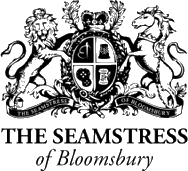
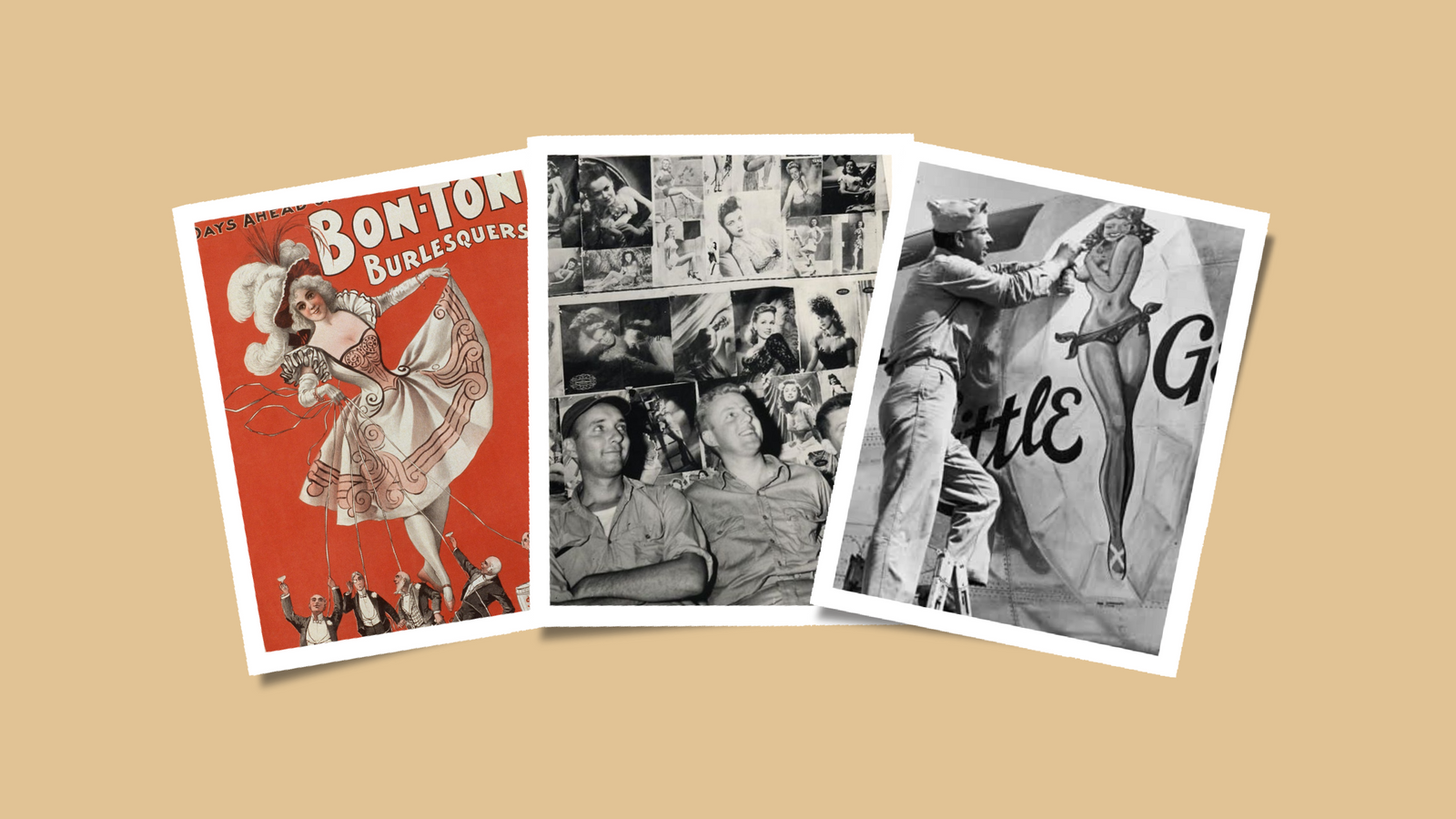




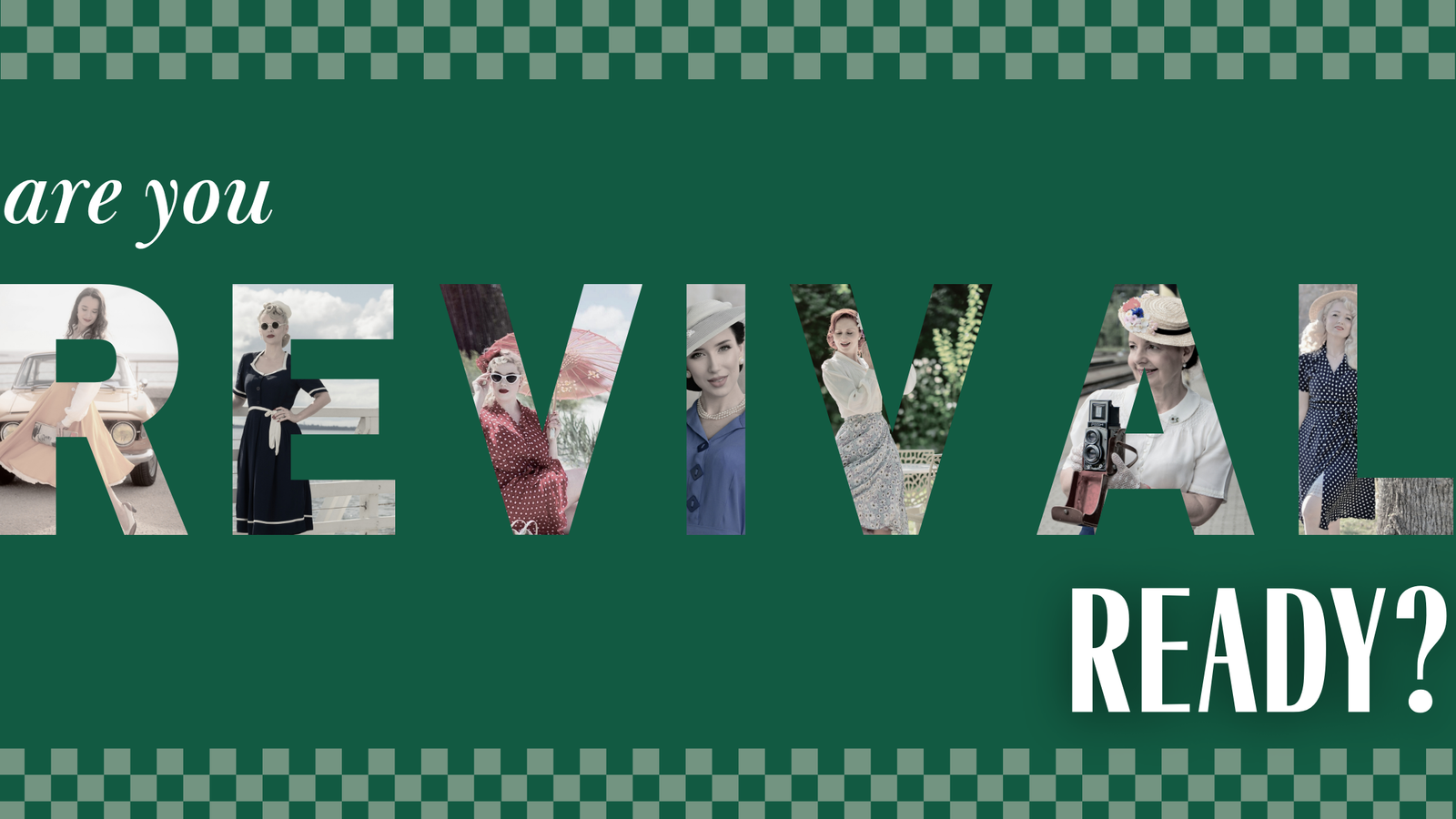
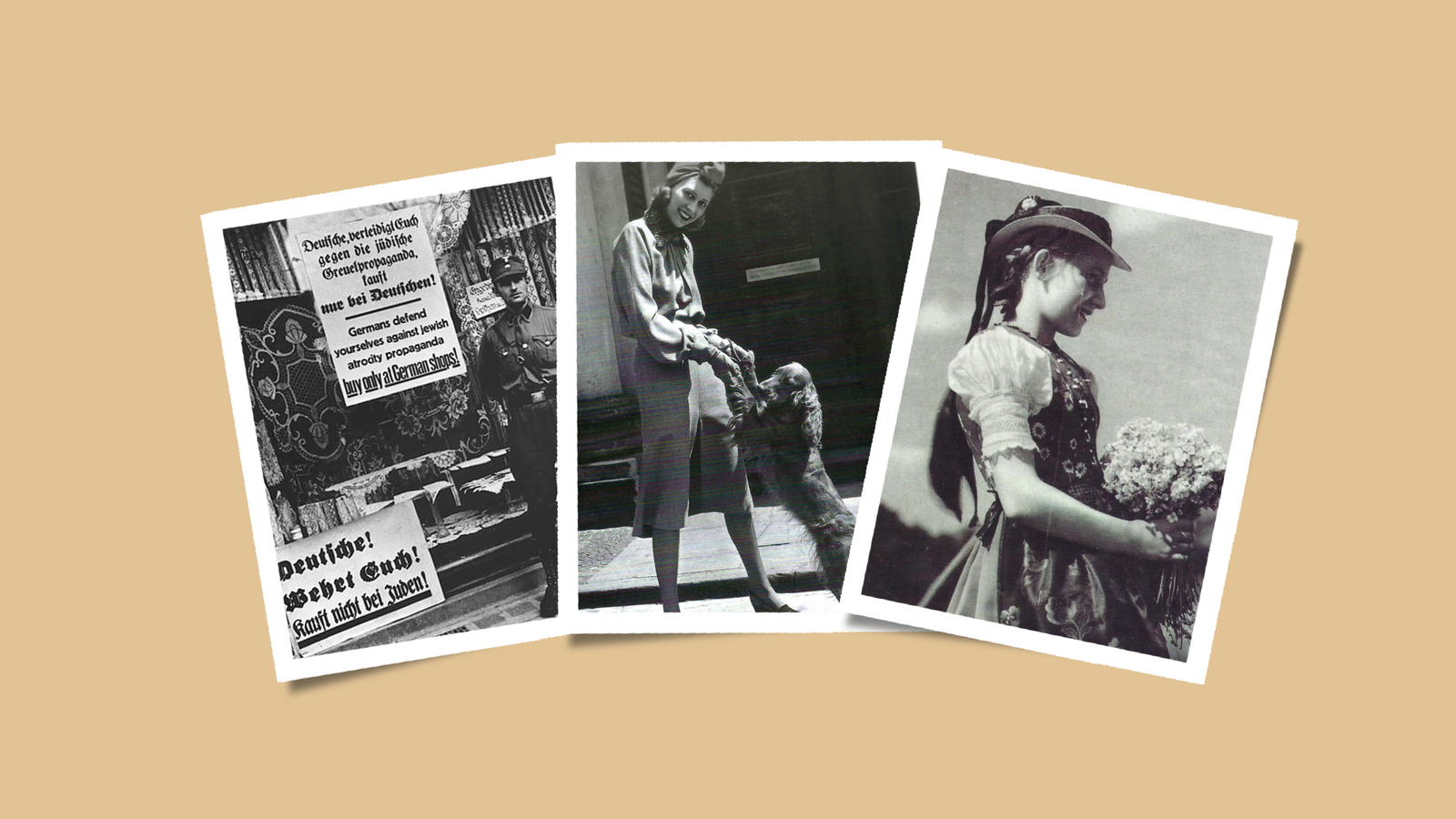
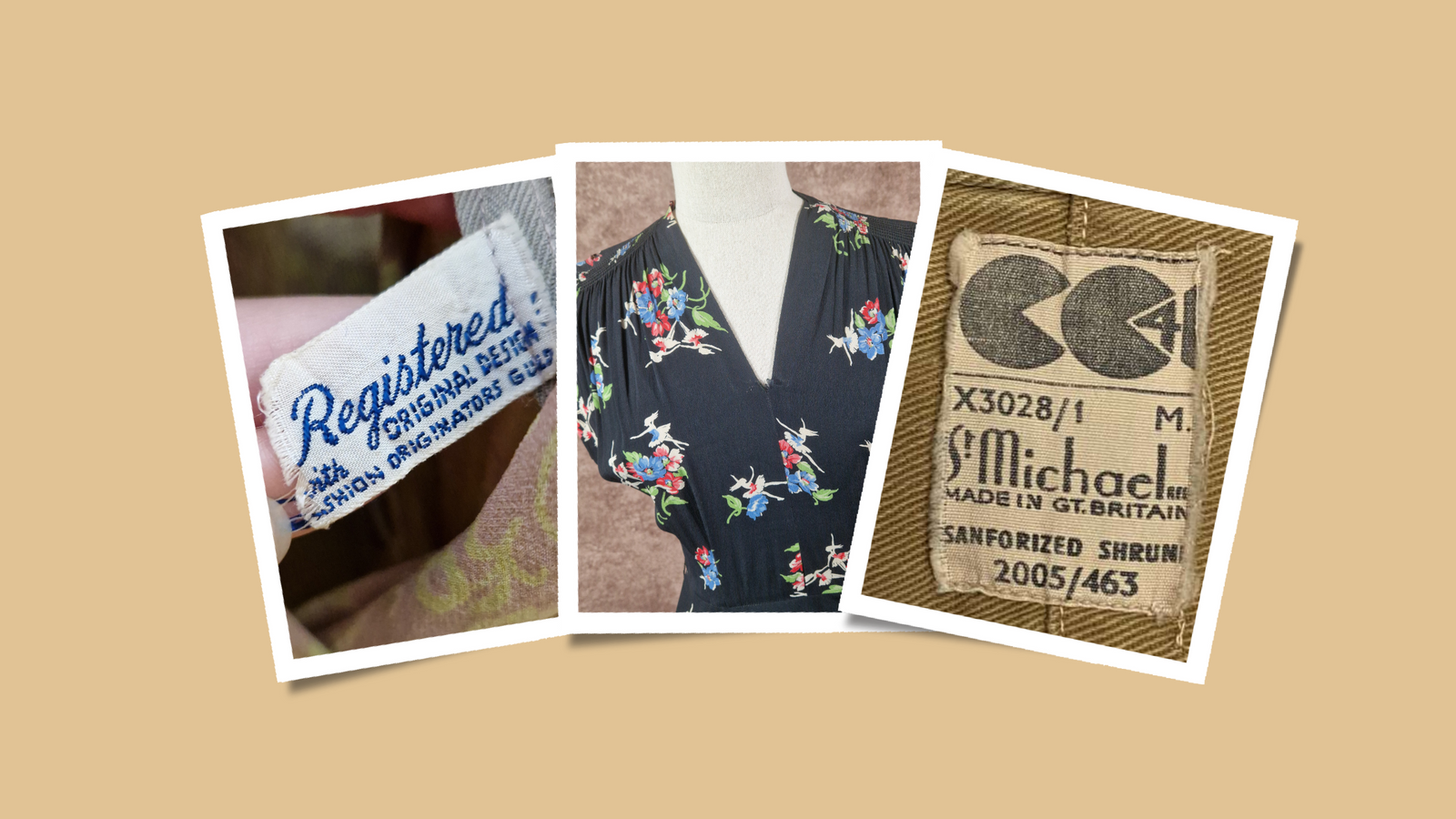
Kym
October 01, 2024
Fantastic article , really interesting . The ‘Pin up’ Art Work on the WW2 planes absolutely beautiful and fab that they could be identified so easily too. All the Pin up Hollywood Starlets I always thought so beautiful and how lovely to read just how involved they actually were in the war effort .